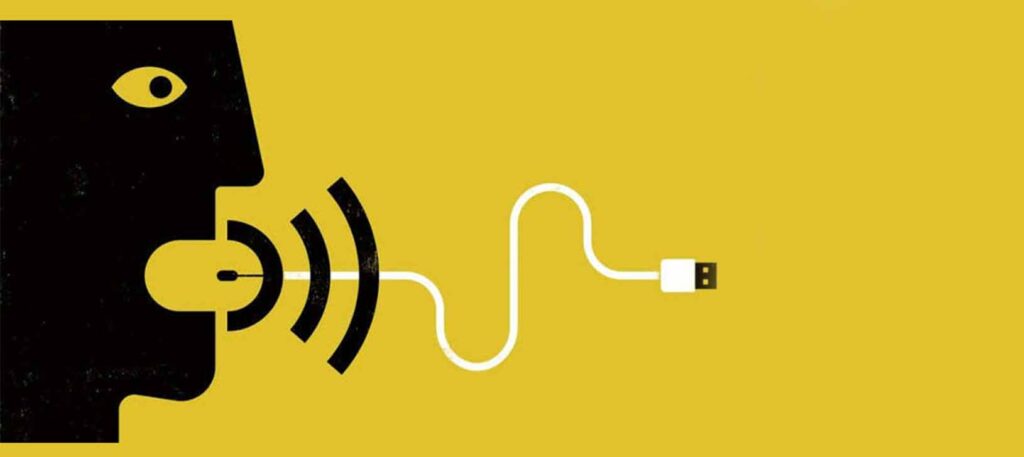Female Voice In Males
Services > Female Voice In Males
- Vertigo
- Ear Wax
- Ear Pain
- Ear Infections
- Ear Cholesteatoma
- Acoustic Neuroma
- Torn Ear Lobes
- Perforation In Ear
- Ototoxicity
- Otitis Media
- Mastoiditis
- Hearing loss
- Foreign bodies in the ear
- Rhinoplasty
- Breathing Problems
- Foreign bodies in nose
- Nasal Bone Fracture
- Nasal Septum
- Nasal Polyp
- Nasal Deformity
- Nosal Allergy Clinic
- Nose Bleeding Treatment
- Sinus Treatment
- Chronic Sinusitis
- Adenoidectomy
- Voice Disorders
- Salivary gland problems
- Papillary Thyroid Carcinoma
- Oral and Throat problems
- Laryngeal Vocal Nodules
- Laryngeal Vocal Cord Palsy
- Foreign body in esophagus
- Foreign body in bronchus
- Difficulty in Swallowing
- Cancer of the Larynx
- Sleep Apnea
- Snoring Treatment
- Head & Neck Cancer
- Thyroid Cancer / Papillary Carcinoma

Puberphonia / Mutational Falsetto
Puberphonia is a functional voice disorder that is characterized by the habitual use of a high-pitched voice after puberty, hence why many refer to the disorder as resulting in a ‘falsetto’ voice. The voice may also be heard as breathy, rough, and lacking in power. The onset of puberphonia usually occurs in adolescence, between the ages of 11 and 15 years, at the same time as changes related to puberty are occurring. This disorder usually occurs in the absence of other communication disorders.
There are a number of proposed causes for the development of puberphonia. The reasons of Puberphonia can be both organic (biological) or psychological in nature. In males, however, organic causes are rare and psychogenic causes are more common.
Psychological Causes
- Emotional stress
- Delayed development of secondary sex characteristics
- Resistance to pubertal changes
- Self-consciousness resulting from an early breaking of the voice
- Self-consciousness resulting from emerging adulthood
- Excessive admiration of another male or sibling
- Excessive maternal protection
Organic Causes
- Laryngeal muscle tension which then causes laryngeal elevation
- Muscle Incoordination
- Congenital anomalies of the larynx
- Vocal fold asymmetries
- Unilateral vocal fold paralysis
- Non fusion of the thyroid laminae
What is the treatment?
Puberphonia is not a disorder that is likely to go away on its own. Without treatment, the changes in the patient’s voice can become permanent. Treatment can involve direct voice therapy, indirect voice therapy, or audiovisual feedback.
This condition is most often treated using voice therapy (vocal exercises) by speech-language pathologists or speech therapists who have experience in treating voice disorders. The duration of treatment is commonly one to two weeks.
Techniques used include:
- Cough: The patient is asked to apply pressure on the Adam’s apple and cough. This results in the shortening of the vocal folds which is the physiological mechanism that reduces pitch. The patient can thus practice voicing at a lower pitch.
- Speech range masking This procedure is based on the theory that when speaking in noisy backgrounds, people speak louder and more clearly in order to be heard. The patient practices speaking while a masking noise is playing. Then, the patient listens to a recording of his/her voice during the masking session and tries to match it without the masking. By doing this, the patient practices their ‘loud and clear’ voice.
- Glottal attack before a vowel: A glottal attack is when the vocal folds are fully closed and then pushed open by the air pressure from breathing out or making a sound. In this technique, the patient breathes in and then makes a vowel as he/she breathes out.
- Effortful closure techniques
- Laryngeal musculature relaxation techniques
- Lowering of larynx to appropriate position
- Humming while sliding down the scale
- Half swallow boom technique:

